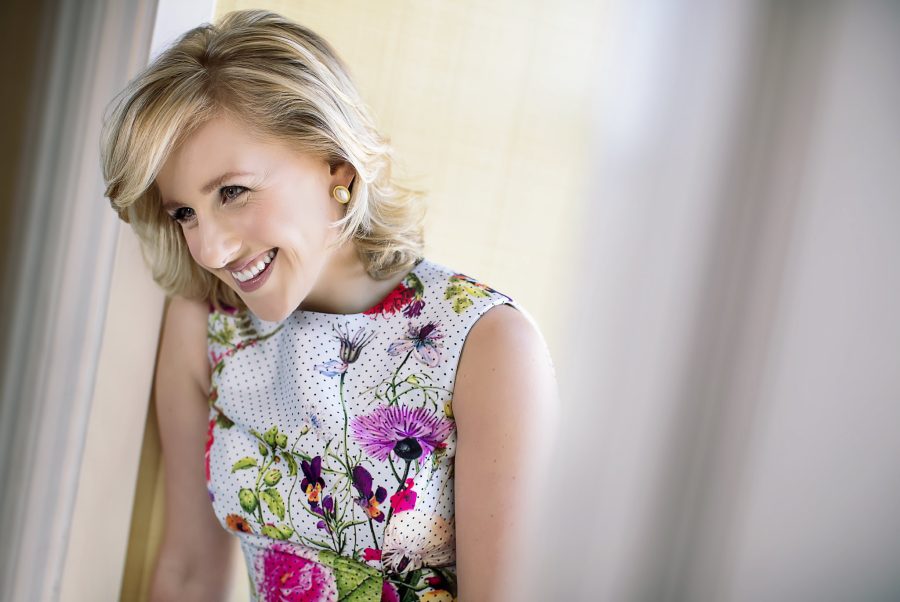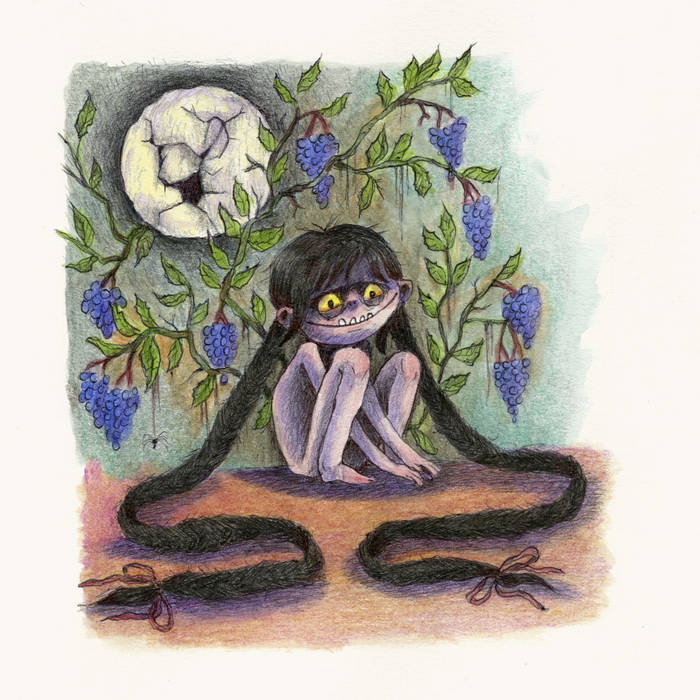La Jolla Playhouse’s “Diana” gives a rocking, royal treatment to the late Princess of Wales’ life.
English royalty has proven to be a fruitful subject for theater, with classics like “Richard II” and “Henry V” capturing the interest of countless productions. But medieval men aren’t the only ones with lives of drama ripe for theatrical adaptations. With a royal life told upon the world’s tabloid covers, it’s unsurprising that Diana, Princess of Wales, would be next in line for a dramatization of her high-profile life. “Diana,” which runs Feb. 19 to April 14 at the La Jolla Playhouse, chronicles the princess’ royal life through lively dance numbers and tongue-in-cheek lyrics.
Introduced as a sweet, unsuspecting 19-year-old kindergarten teacher, Diana (Jeanna de Waal) is swiftly courted by and married to the prim and proper Prince Charles (Roe Hartrampf), heir to Britain’s throne. After that, the musical wastes no time in highlighting the princess’ ill-matched relationship with Charles. For instance, their vastly different personalities and upbringings are illustrated during a cellist’s performance. “I love Mozart,” Diana quips, but Charles corrects her: “It’s Bach.”
Despite enjoying widespread adoration from the public, Diana feels trapped in the confines of royal life. She quietly wrestles with her husband’s affair with his long-time friend and lover, Camilla Parker Bowles (Erin Davie). The arrival of a handsome (and topless) James Hewitt (Gareth Keegan) easily attracts Diana and turns the royal couple’s begrudging tolerance of each other into a rivalry. In developments that are more than welcomed by the scandal-hungry British press, both royal members indulge in their lovers and make bold declarations and statements to the public. In Diana’s case, they are fashion statements. One notable scene is where Diana, showered in bright lights and mobbed by reporters, tears off a glimmering white dress and unveils a head-turning, sultry red dress.
Occurring just as suddenly as in real life, “Diana” ends in tragedy. But after the ill-fated car crash, the musical lacks a strong resolution, which is part of its larger problem with pacing. Major events occur without build-up or time to settle in, though this more surface-level approach is understandable due to the large amount of material the play attempts to cover. The play does a mostly successful job in guiding viewers who may be unacquainted with Diana’s life, by splicing headlines throughout scenes to give context.
Some performances, coupled with efficient blocking techniques (the movement of actors on stage) and simple yet effective set changes, wonderfully convey the character’s emotions. Diana’s Jeanna de Waal stands out with a powerful singing voice and a down-to-earth charm. The rest of the actors play and sing their parts well, with wit, dance skills, and British accents to boot. However, most songs and lines are unmemorable and leave audiences simply remembering the drama and the storyline. To put it simply, it feels as though Diana’s life is narrated to us through typical contemporary musical theater songs, with not much added originality in style. The musical’s determination to hit all the dramatic events overlooks their characterization of Diana, Charles, and Camilla. They are simplified into mere characters, rather than actual multifaceted people.
For example, Charles is played adeptly by a very princely Roe Hartrampf, but his character is reduced to hanging on the sidelines in most scenes, reacting coldly and callously when needed to drive the tension. Diana, too, only receives a brief look at her life outside her relationship, such as in regards to her involvement with the AIDS crisis. A moving scene shows Diana shaking hands with HIV-affected patients, marking a pivotal moment in public awareness when most people incorrectly believed that HIV could be transmitted by touch.
But what the play lacks in its British source material is made up by its American influences. Created by Tony-winning American writers and director, a rather British-centric story receives an American makeover, and it works. The best moments during the play are when the seemingly straight-laced characters drop a string of f-bombs (“The Dress”), or when classical music suddenly transforms into rock and pop (“This Is How Your People Dance”). Innuendos that pepper the corners of the script, as well as the splashy reveals of Diana’s iconic outfits, garner laughs and cheers. Other moments, like seeing the two royal couples in beds beside each other, are effectively amusing. Winking fourth-wall breaks by side characters, who watch and narrate the unfolding of events, provide entertaining interactions between audience and actors.
Maybe an autobiographical account of the princess is not necessary in this medium. The musical’s several sold-out shows demonstrate its success among fans of British royalty and musical theater, two groups that share an appreciation of drama and entertainment. That’s why, despite writing issues, the story of Diana works on a stage. Ultimately, “Diana” is a light, fun revisit of some of the biggest headlines of the ‘80s and ‘90s. A musical fit for a princess? For that, “Diana” takes the crown.
“Diana” runs Feb. 19 to April 14 at the La Jolla Playhouse. Discounted tickets are $10 with a UC San Diego student ID. They must be picked up at the box office window one hour before showtime if seating is available.
Grade: B
Director: Christopher Ashley
Book and Lyrics by Joe DiPietro, Music and Lyrics by David Bryan
Starring: Jeanna de Waal, Roe Hartrampf, Erin Davie, Judy Kaye
Runs: February 19 – April 14, 2019
Image courtesy of Little Fang.








